NRAO eNews
Volume Vol#, Issue Iss#
Day# Month# Year#
NRAO eNews
Volume Vol#, Issue Iss# • Day# Month# Year#

Upcoming Events

16th NRAO Postdoctoral Symposium
May 19 - 21, 2021 | Virtual

6th US-China Radio Astronomy Science & Technology Workshop
Jun 15 - 24, 2021 | Virtual

The Past, Present, and Future of the VLA: Celebrating 40 Years
Aug 4 - 7, 2021 | Virtual
NRAO Astronomer Job Opportunity
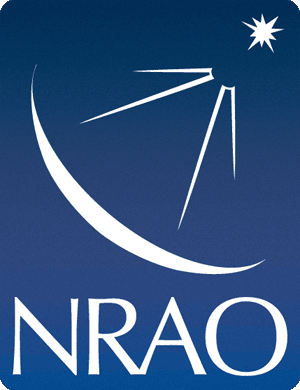
The National Radio Astronomy Observatory is seeking to appoint one or more tenured or tenure-track scientific staff members. The successful candidate(s) will join our outstanding scientific staff to work in areas related to the Observatory’s current and planned future facilities: the VLA, VLBA, ALMA, and the ngVLA. These appointments will be made on the basis of the candidates’ demonstrated abilities to further the mission of NRAO, to develop the scientific, technical, and broader impacts environment of the Observatory, and to deliver world class science and scientific impact in the general astronomy research community. Tenured and tenure-track appointments entail 50% independent scientific research and 50% functional responsibilities that directly support the delivery and development of the Observatory’s facilities and capabilities.
For further information, including application instructions, visit the Associated Universities, Inc. Careers page. Deadline for receipt of application materials is 15 June 2021.
16th NRAO Postdoctoral Science Symposium

The 16th NRAO Postdoctoral Science Symposium will be held virtually 19-21 May 2021. The annual symposium brings together resident and non-resident Jansky Fellows as well as NRAO postdocs to highlight their current research, share ideas, and establish collaborations. Local scientific and engineering staff are also encouraged to attend.
We are pleased to have Dr. Dan Marrone, Associate Professor of Astronomy at the University of Arizona, as our Keynote Speaker this year.
Please visit the symposium homepage for more information.
ALMA and SOFIA Science Summer Webinar Series
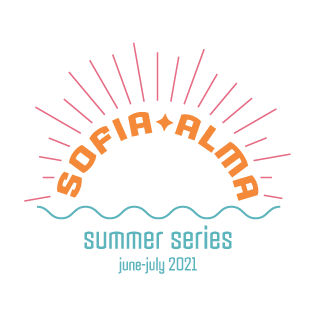
The North American ALMA Science Center and the SOFIA Science Center are excited to announce a joint seminar series, exploring science combining millimeter and infrared observations. The six-week series will feature a 40 to 45-minute talk each Thursday at 3:30 p.m. EDT, starting 10 June and concluding on 22 July 2021. A Q&A / discussion session will follow each talk. The series will span a range of astrophysical topics, exploring synergies between radio / millimeter and infrared science.
The program is listed below and is available on the SOFIA website. You can register for the webinar series here.
| 10 June | Enrique Lopez Rodriguez (Stanford) |
| 17 June | Alberto Bolatto (University of Maryland) |
| 24 June | Todd Hunter (NRAO) |
| 08 July | Allison Kirkpatrick (University of Kansas) |
| 15 July | Kate Su (University of Arizona / Steward Observatory) |
| 22 July | Katherine de Kleer (Caltech) |
ALMA Program News
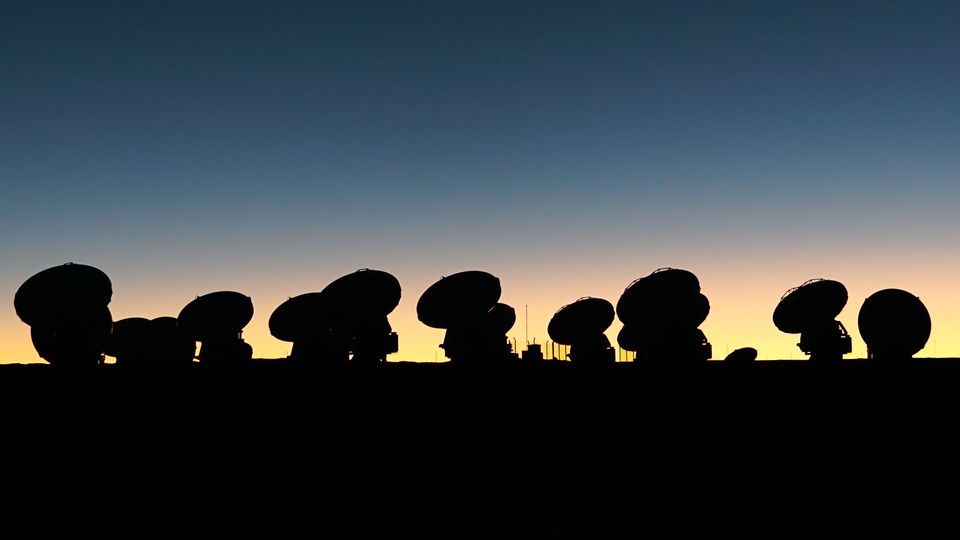
Pablo Carillo
ALMA observes into another lofty crystalline night.
[click to enlarge]
ALMA Science Sustainability/Call for Proposals for ALMA Development Projects
A Call for Proposals for ALMA Development Projects was released 15 Jan 2021. The deadline for proposals was 9 Apr 2021 for funding during U.S. government Fiscal Year 2022, depending on the federal budget process. Six proposals were received from within the North America ALMA Development Partnership to provide components of a potential ALMA upgrade (correlator, receiver or archive). Proposals were sought to address ideas which address the goals elucidated in The ALMA Development Roadmap, ALMA Memo 612. Six proposals were received from 42 prospective investigators at nine institutions. An independent review panel is established with U.S. National Science Foundation (NSF) consent to evaluate and rank the proposals; that process has begun. The ranked list then receives consent from NSF and is incorporated into a recommendation to the North American ALMA Executive for possible later consideration by the ALMA Board.
Joint ALMA Observatory Resumes Observations
There has been an overall improvement in the pandemic situation in Chile, with growing evidence of reduced numbers of new cases. This overall improvement in conditions will lead to the start of a gradual increase of staff over a number of shifts. The move to more extended configurations will be postponed until sufficient supporting staff is available. This is to ensure the safety of all ALMA staff, as well as the Array, and to plan for a smooth transition to the start of Cycle 8 2021 in October.
ALMA Cycle 8 2021 Call for Proposals
The response to this Call was overwhelming, with a total of 1735 proposals submitted. The community requested a record number of hours in Cycle 8 for both the 12-m Array and the Morita Array, and the oversubscription rate of 6.1 on the 12-m Array is appreciably higher than in Cycle 7 (4.5). A full report is being prepared for publication on the ALMA Science Portal.
New ALMA Memo
ALMA Memo 618, The ObsMode 2020 Process by S. Takahashi et al. has been published. ObsMode is a yearly process which aims at preparing capabilities for future observing cycles. ObsMode2020 involved preparation for the new Cycle 8, starting from October 2021, but capability preparation was hampered by lack of test data owing to the pandemic shutdown.
6th US-China Radio Astronomy Science and Technology Workshop

The National Radio Astronomy Observatory and the Shanghai Astronomical Observatory are pleased to announce that registration is now open for the 6th US-China Radio Astronomy Science and Technology Workshop. This will be the latest in the series of workshops designed to promote collaboration in radio astronomy between Chinese and U.S. scientists. Due to continuing COVID restrictions, this year’s workshop will be held fully virtually from 23:30 UT to 02:00 UT during five sessions on June 15/16, 17/18, 21/22, 23/24, and 24/25.
Radio astronomers in the U.S. and China are involved in a number of exciting research programs and have ambitious plans for future new instruments. The Workshop will consist primarily of invited talks covering a broad spectrum of research and planned instrumentation in both countries. Confirmed talks will cover the status of the: Five-hundred-meter Aperture Spherical Telescope (FAST), Xinjiang Qitai 110m Radio Telescope (QTT), next generation Very Large Array, Square Kilometre Array (SKA), Very Long Baseline Array (VLBA), Green Bank Telescope (GBT), Arecibo Observatory, Atacama Large Millimeter/submillimeter Array (ALMA), and Deep Synoptic Array 2000-antenna concept (DSA-2000), as well as existing and planned research programs using these facilities. Participation in the workshop is open to all. There is no fee to attend, but we ask that participants register at the Workshop website .
ngVLA Project News
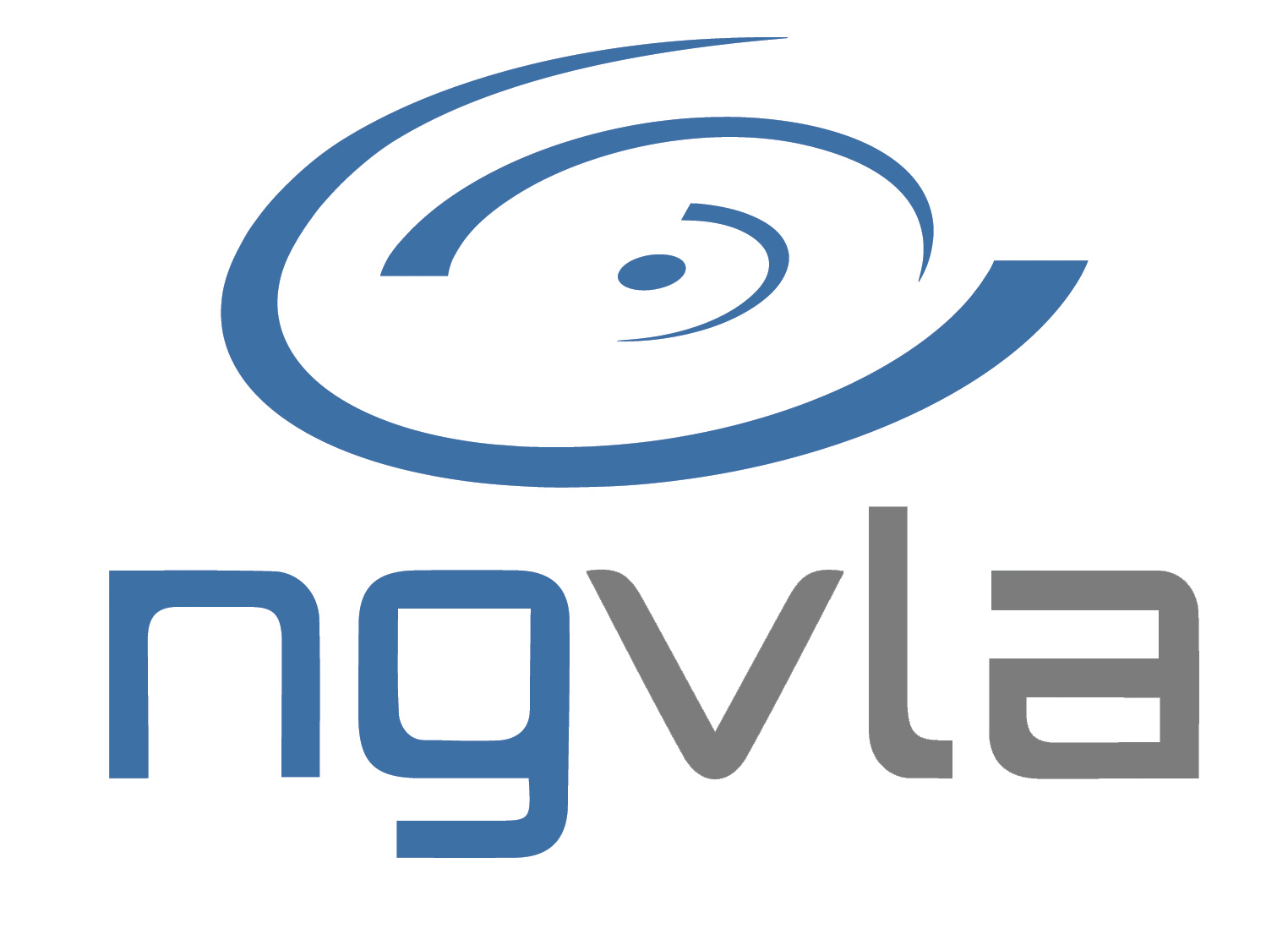
The first public tour of the next generation Very Large Array (ngVLA) occurred in March. The tour featured presentations, interviews of ngVLA staff, and a question-and-answer session. Anyone who missed the virtual event is welcome to view its archived version.
Outflows from Super Star Clusters in NGC253
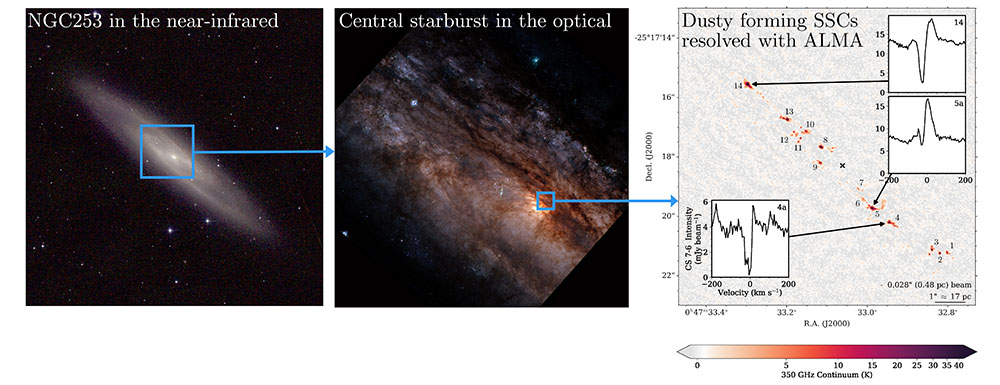
A. Bolatto
[Left] Composite near-infrared JHK image of NGC253 from 2MASS. [Center] Zoom in to the central, highly obscured starburst region. Composite of three HST filters from the GHOSTS and ANGST surveys. [Right] Zoom in to the central 170 pc seen in dust continuum emission with ALMA, showing the individual, resolved, deeply embedded SSCs. Insets show CS(7-6) spectral line profiles also from ALMA towards three SSCs, revealing the P-Cygni outflow signatures that are direct signs of feedback from these young, massive star clusters.
[click to enlarge]
NGC253 is a nearby galaxy, whose central regions are undergoing a vigorous period of fast star formation called a starburst. At high levels of star formation, a larger fraction of stars form in clustered environments. The most extreme star forming environments can lead to massive and compact so-called "super" star clusters (SSCs), which can contain more than 100,000 solar masses in stars in a parsec-sized region. Because they are often deeply embedded and compact in size, observations of young SSCs in the process of forming are rare. A radio array, such as ALMA or the ngVLA, is required both to peer behind the walls of obscuring dust to reveal the forming clusters and to spatially resolve them.
Our team (Levy et al. 2021) used observations from ALMA with very high 28 mas (0.5 pc) resolution, which is equivalent to seeing the width of a single grain of rice on the ground while flying in a commercial airplane. With these data, our team resolved more than a dozen deeply embedded SSCs in the center of NGC253 that were previously identified by ALMA as massive and very gas-rich SSCs in formation (e.g., Ando et al. 2017; Leroy et al. 2018). Intriguingly, spectral lines that trace dense molecular gas show deep blueshifted absorption and redshifted emission profiles towards three of the SSCs. This line profile shape–called a P-Cygni profile–is a direct signature of outflowing material from the SSCs.
We model the line profiles and find that the outflows from the SSCs must be nearly spherical. By comparing the SSC sizes and masses in concert with the outflow velocities and momenta to simulations of feedback processes, we conclude that the outflows in these SSCs are most likely powered by a combination of stellar winds and dust-reprocessed radiation pressure. The outflowing mass we measure is a significant fraction of the gas mass in the clusters, suggesting the SSCs are undergoing a fast phase that clears out their parent gas cloud and may lead to the termination of star formation and cluster growth.
Soon, our approved Cycle 1 JWST observations will measure the radiation fields, ages, and feedback of these SSCs across the near- and mid-infrared in unprecedented detail. In the future, the ngVLA will revolutionize our ability to study SSC formation in galaxies. Even with ALMA, studies such as this one are limited to the most nearby sources where the SSCs can be spatially resolved. The ngVLA long baselines and excellent sensitivity mean that SSCs will be resolvable out to the Virgo cluster and beyond. Together, the unprecedented resolution, sensitivity, and wavelength coverage of ALMA, JWST, and the ngVLA will vastly expand the sample available for studies of SSC formation and feedback such as this one and enable studies as a function of environment and other galaxy properties.
Since 2015 the acronym ngVLA has appeared in 690+ publications indexed in the SAO/NASA Astrophysics Data System. This article continues a regular feature intended to highlight some of those publications. We are especially interested in showcasing work done by early-career researchers. Anyone wishing to volunteer to author a feature should contact Joan Wrobel.
NRAO Featured in the 2021 STEM for All Video Showcase

Three NRAO projects are featured in the National Science Foundation (NSF)-funded 2021 STEM for All Video Showcase running 11-18 May 2021, and showcasing the Observatory's commitment to equity, social justice, and creative solutions to engagement during COVID-19. NRAO’s three featured projects include: a Chile-based STEM role models program called “Provoca;” a case study of the National Astronomy Consortium’s (NAC) pivot to a virtual environment in the wake of the COVID-19 pandemic; and a professional development program called “On-the-Spot Feedback.”
Support NRAO's participation in the STEM for All Video Showcase by watching the videos and voting for your favorites. Read the full NRAO announcement.
AAS 238 Public Relations Support for ALMA, VLA, VLBA Results
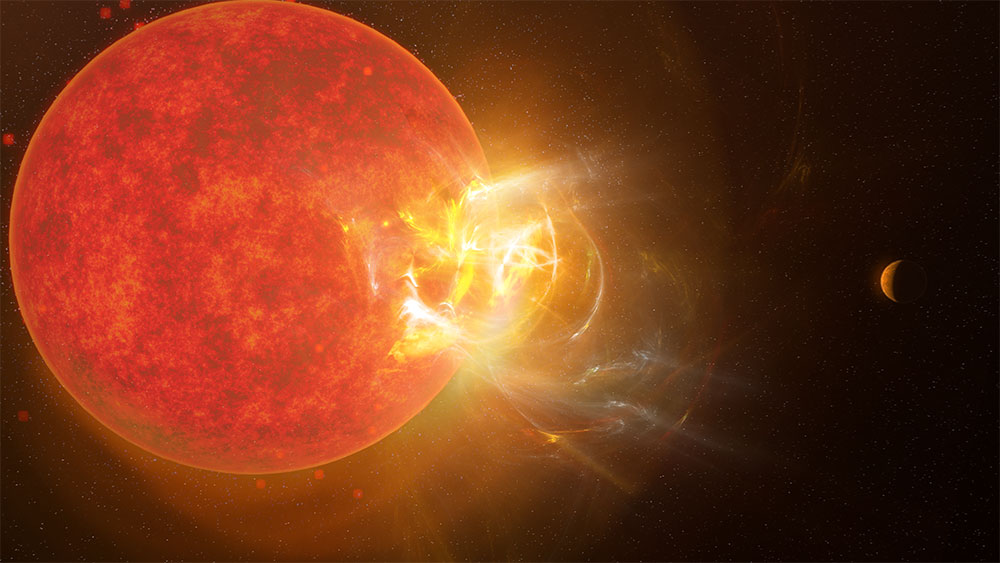
S. Dagnello, NRAO/AUI/NSF
A record-breaking flare from Proxima Centauri was recorded by MacGregor et al. at multiple wavelengths, including in the millimeter with the help of ALMA.
[click to enlarge]
Did you submit a result to the 7-9 June 2021 American Astronomical Society meeting (AAS 238) that used ALMA, VLA, or VLBA data? Reach out to the NRAO Public Relations team for possible additional support, including review of your paper for a potential press conference, assistance in practicing your presentation or press conference, and ways to amplify your results to the media.
Amy C. Oliver, CPM, FRAS
Public Information & News Manager, NRAO
Public Information Officer, ALMA
Mobile: +1-434-242-9584
Virtual VLA Tour
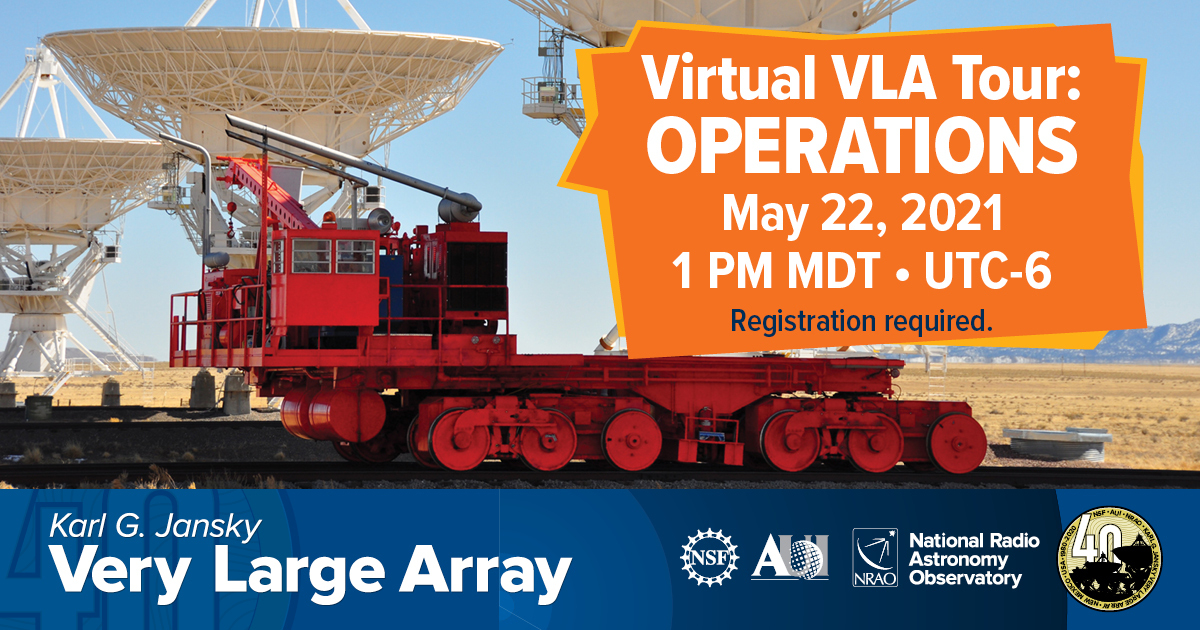
[click to enlarge]
A large, powerful radio telescope such as the Very Large Array (VLA) requires no small amount of effort, coordination, and staff to operate and maintain. Join us for a virtual tour to learn more about the ins and outs of how NRAO continues to keep the VLA up and running as the hardest-working Earth-based telescope in the world. Guest speakers TBA.
This virtual tour will take place on Saturday, 22 May 2021, 1:00-2:00 p.m. Mountain Daylight Time (MDT, UTC/GMT-6).
This event will take place on Zoom. Registration is required.
Recent Media Releases
From the Archives
Ellen Bouton

[click to enlarge]
About this month's photo: The Very Large Array (VLA) was dedicated in October 1980, and a 20th anniversary celebration was held at the site on 24 May 2001. There were 400 guests, including attendees at the concurrent Gas and Galaxy Evolution Conference, scientists, retired and active employees, VLA site neighbors (ranchers), local dignitaries, and others who worked closely with the VLA. In this photo, the celebration's organizing committee members, although slightly windblown, look justifiably pleased with the results of their hard work. [Left to right] Joan Wrobel, Jim Ulvestad, Dave Finley, Patty Lindsey, Pat Lewis, Terry Romero, Clint Janes, Skip Lagoyda, and Lew Serna. Photo by Roy Norville.
From the Archives is an ongoing series illustrating NRAO and U.S. radio astronomy history via images selected from our collections of individuals' and institutional papers. If readers have images they believe would be of interest to the Archives, please contact Ellen Bouton.

